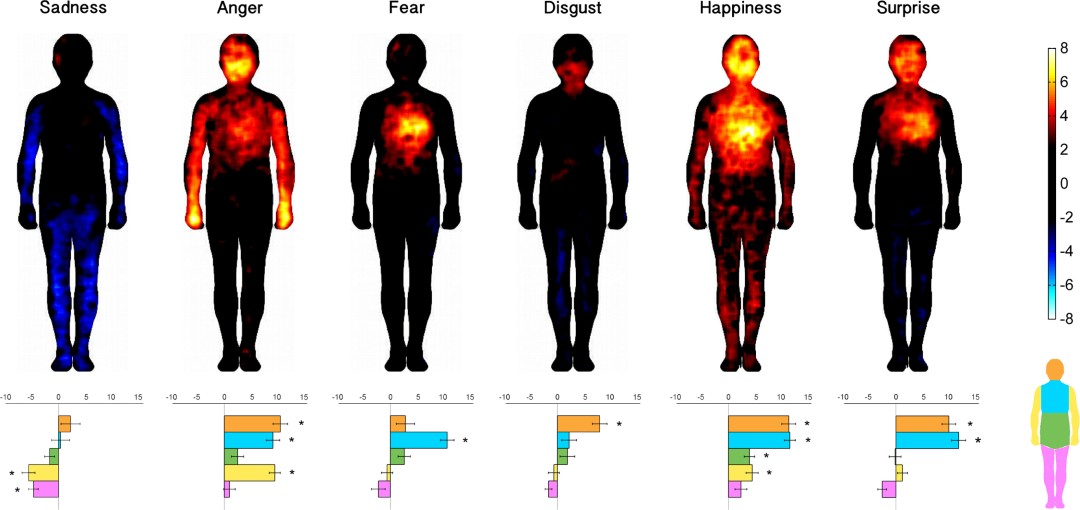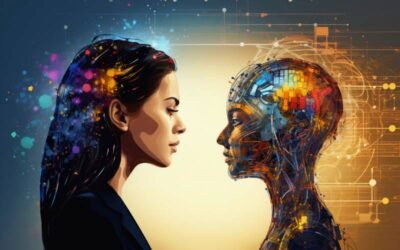How does different emotions correspond and affect our bodily organs?
The body’s organs are the mechanisms that make the body work in its full functions as each organ is interconnected to the other organs. They are like parts of the body organ system, with a physical function, like the heart that pumps up blood to circulate to the whole body system including the brain. However, these body organs are also linked to the chakras, and the chakras are located in the spine. Heart obviously is not referring only to just a physical organ but also as the center or the core of a person.
Psychologists once were of the opinion that emotions were purely mental expressions generated by the brain alone. And we know now that this is not true – emotions have as much to do with the heart and body as they do with the brain. From all the bodily organs, the heart plays a particularly important role in our emotional experiences. But all in all, the experience of any emotion results from the brain, heart and body acting in concert.
An emotion is our human way of putting a meaningful label on experiences, and yet we do it unconsciously, albeit being directly tied to a physical sensation in the body.
It’s also important to remember that emotions are also learned. We learn as children, from those around us, how to respond to the world through our experiences. An emotion is then like a colored sticky note that we unconsciously put on our experiences. You don’t respond to the experience, you respond to the sticky note. But despite we do this unconsciously, when don’t like the way we are responding to experiences, we can consciously change our old sticky note placements. If we are aware enough, and if we want it enough, we can learn to stop being angry or anxious about certain things.
The trick is really to become conscious about the physical sensations that accompany the urgency of an emotion. Once we become aware of those sensations, we can then begin making conscious changes to our own emotional experience of the world.
The human body has energy pathways called meridians. Look up “meridian map” on google. Meridians carry universal life force energy to and from the organs and throughout all areas of the body. It is like the vascular system, but for energy.
The organs also process this energy. Each organ corresponds to a different emotion. The liver can be harmed by anger. The kidneys weakened by fear. The stomach weakened by worry.
The meridians and organs are placed by nature in precise parts of the body. When emotions are very strong and are not processed by the body, they can cause energy blockages until those emotions are “let go.” The blockages cause pain or other symptoms in the exact area where the emotion is being held in the body. For example, excess fear can manifest in the lower back, where the kidneys are. Excess anger can manifest in the head as a headache, which is where the gall bladder meridians are (gall bladder is partner to the liver and can also be damaged by anger).
Here’s a quick intro to what emotions get attached to which of the body organs, so that you can be more aware of them:
Anger is a sense of urgency to fight, drive harder, or change course. Anger is usually tied to the sensation of heat in the face and an alertness in the limbs. Anger tends to hold the meaning that we need to oppose a foe.
Joy is a sense of urgency to immerse yourself in the goodness around you. Joy is usually felt as a pleasant warmth across the whole chest, neck, and midsection. Joy tells us to pay attention so that we can remember to have this same experience again.
Fear is a sense of urgency to get out of a situation. Fear is often felt as an itch in your skin, almost like your body has a hair trigger and you could spring out the door at any minute. Fear tells us that there’s something unknown that could be bad.
Worry and disgust is a sense of urgency to get away from something too. Disgust is a clear strong sensation in your gut and throat, almost like you might vomit. Unlike fear, which is an aversion to unknown, disgust is aversion to something we believe we know to be dangerous.
Sadness is a sense of urgency to stop doing your normal routine. Sadness is a heavy sensation that can sit deep in your chest making you feel denser and weightier than usual. Sadness tells us that we need to take time to reflect and regroup.
Also according to traditional Chinese medicine, emotions are narrowed down to these same five basic feelings that are each associated with a corresponding element and organ in the body:
Anger with the liver
Fear with the kidney
Joy with the heart
Sadness and grief with the lung
Worry with the spleen

Energetics of Bodily Sensations
In East Asian medicine, the visceral systems in our body do not exactly correspond to just anatomical organs, as described in modern human anatomy. But, through a more holistic approach than Western medicine, it rather reflects functional systems that encompass many different functional realms. The close relationships among these systems allow for the direct association of emotions with specific physical symptoms as well as an understanding of emotional regulation, by the movement of Qi – life force energy/energy flow.
Although it is invisible,Qi is felt throughout the body via sensations such as heat and cold or numbness and pain. Furthermore, according to East Asian medicine, because the movement of Qi is governed by the visceral systems of the liver, heart, spleen, lungs, and kidneys, it can be defined as a part of the body system that operates through different processes and that is recognized through bodily sensations.
Two different exemplar sentences from Huangdi Neijing, a medical text which has been the fundamental doctrinal source of East Asian medicine for two millennia, illustrate a singular relationship between emotion and the visceral system: “the liver is in charge of anger” and “anger damages liver.”
East Asian medicine has demonstrated that certain movements of Qi can be recognized as specific categorical emotions. Additionally, it relates to emotions through the five main organs above rather than the brain.
As an example, anger is the Qi movement surging upwards in the liver. From the perspective of East Asian medicine, the liver is involved in sending Qi upwards during its circulation, and excerpts from this classical medical text elaborately describe the manner in which the liver, anger, and the ascending movement of qi occur.
When ailments occur, practitioners seek to untangle the mind and body imbalances that contribute to a person’s physical and mental health conditions using a variety of treatments, including Vibrational Sound Therapy.
Hi, I’m Holly Celestine and I’m a Vibrational Sound Therapy Practitioner on a mission to liberate and activate human potential. In pursuit of avenues that bring the entire body into balance and harmony, I found that sound frequency and vibration play a vital role in the symbiotic connection to our mental, emotional, and physical well-being. I’m certified in Biofield Tuning, Voice Analysis, Massage Therapy, Usui Reiki Master and Bodytalk.
I use vibrational sound therapy for targeted nervous system relaxation to help people feel relief from their debilitating stress, anxiety, and chronic pain. I’m a life-long learner, ever evolving and consciously expanding into my best self, tuning into wholeness and balanced vibrations! Connect with me to amplify your highest expression using Sound Therapy.
For more details about my practices and studio, please check this video!




